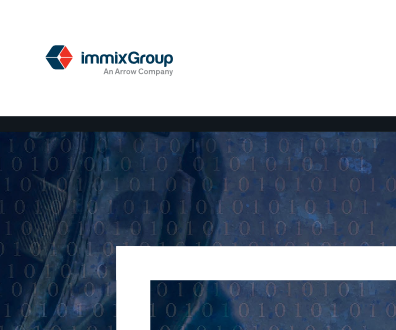sponsor content What's this?

Oscar Wong via gettyimages
Everyone means everyone: Okta’s ongoing path to accessibility
Presented by
Okta

A key pillar at Okta is building a world where anyone can safely use any technology. But for some of us, there are analog blockers as well.
How do we define accessibility? From a technical design perspective, accessibility is designing our products so everyone can use them equally. This means that, ideally, everyone uses the same interface to get the same information. If that’s not possible, we try to provide multiple ways to access the same resource. Accessibility means all users can access the same information and complete all the same tasks.
Meeting government regulations and beyond
When it comes to guidelines, we would be remiss if we didn’t look to arguably the largest service provider — the U.S. government. To help meet our goals for inclusive and accessible design, to every extent possible, Okta follows the best practices found in Section 508 of the Rehabilitation Act, as well as the WCAG 2.0/2.1 guidelines mentioned above. Specifics include solving for poor Internet service, literal access to the Okta website, and allowances for those who are deaf and/or blind.
Okta continually works with an external vendor to evaluate the vast majority of our end-user products against industry standards and adhere to the Voluntary Product Accessibility Template (VPAT). You can access our VPATs at okta.com/accessibility.
Organizations often view digital accessibility as a compliance exercise, but it’s much more important than that. According to a 2023 Ernst and Young study on digital accessibility and inclusive design in government, 3 in 10 federal and 2 in 10 state and local respondents said regulatory requirements were the main driver in their approach to design. And only 39% of state and local and 43% of federal respondents view digital accessibility as a top priority among agency leadership.
Yet ending the accessibility journey at satisfying legal requirements could still result in a cumbersome user experience. 69% of constituents who responded to EY’s survey firmly believe that technology is vital to the future of their experience with government and private sector services. When it comes to accessibility, thinking about those constituents and focusing on human-centered design is the key. At Okta, we consider what issues users will encounter beyond basic accessibility requirements.
If you’d like more information about Okta’s ongoing accessibility and compliance work, register for Okta’s City Tour in DC, featuring our Gov Identity Summit. Our online session, “How to Get Started with Human-Centered Design,” will help you workshop how to avoid clunky user experiences and security vulnerabilities.
This content is made possible by our sponsor Okta; it is not written by and does not necessarily reflect the views of GovExec's editorial staff.
NEXT STORY: Using Login.gov as a Custom Identity Verification and Authentication Service in Okta






